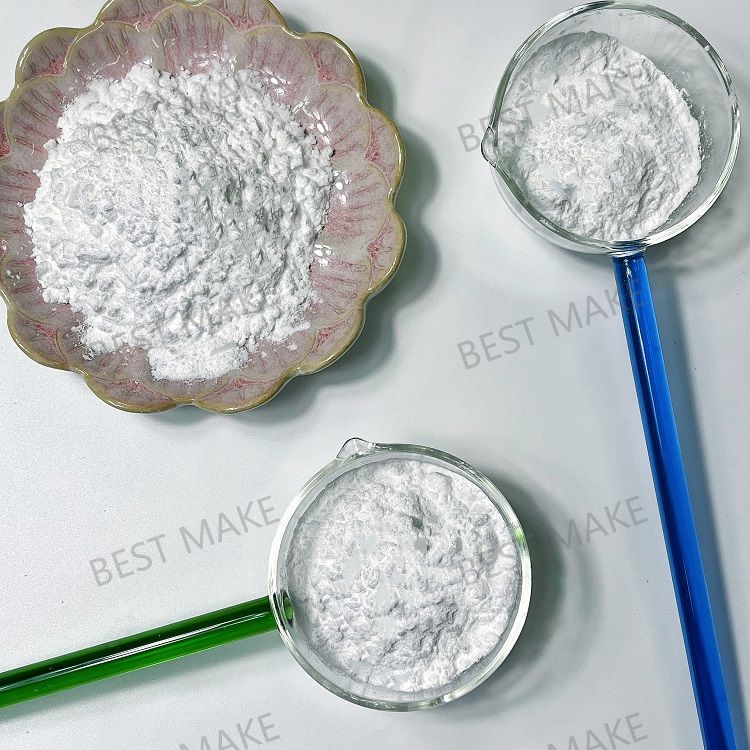-
Categories
-
Pharmaceutical Intermediates
-
Active Pharmaceutical Ingredients
-
Food Additives
- Industrial Coatings
- Agrochemicals
- Dyes and Pigments
- Surfactant
- Flavors and Fragrances
- Chemical Reagents
- Catalyst and Auxiliary
- Natural Products
- Inorganic Chemistry
-
Organic Chemistry
-
Biochemical Engineering
- Analytical Chemistry
- Cosmetic Ingredient
-
Pharmaceutical Intermediates
Promotion
ECHEMI Mall
Wholesale
Weekly Price
Exhibition
News
-
Trade Service
The most important allotropes of carbon are diamond, graphite and carbon clusters
.
1) Coke, carbon black and activated carbon
Coke is mainly obtained by high-temperature carbonization of bituminous coal under the condition of isolating air, and its degree of graphitization is poor.
It is mainly used in the metallurgical industry, such as blast furnace steelmaking
.
Carbon black powder is produced by incomplete combustion of hydrocarbons or natural gas, and is mainly used in the rubber industry as well as pigments for inks, paints, and paper
.
Activated carbon is obtained sawdust, etc.
and treated by the activator, which is very large surface area, it is widely used in the sugar industry to make purified bleaching agents and chemicals, air purification, waste water treatment, chemical reaction catalysts, and the like
.
2) Allotropes of carbon
Diamond, commonly known as diamond, is the element with the highest hardness (Mohs hardness of 10) and the highest melting point
.
Diamond has a three-dimensional structure, as shown in Figure 13-1(a)
Natural diamonds are embedded in alkaline rocks.
The largest natural diamond found weighs 621.
2g, and the largest synthetic diamond is about 1 carat (1 carat is 0.
200g)
.
The perfectly crystallized diamond has dazzling luster, crystal clear and transparent, and has a large light refractive index.
Graphite has a layered structure, as shown in Figure 13-1(b), with low hardness and extremely high melting point; all C atoms in graphite are sp² hybridized and form σ bonds with three adjacent C atoms
.
The single-electron p orbitals in each C atom that are not involved in the hybridization overlap each other to form an intra-layer delocalized π bond IInn, so the graphite layer can conduct electricity
Graphite is widely distributed all over the world, but most of it has no economic value.
A large number of graphite crystal fragments are deposited in silicate rocks
.
Synthetic graphite can be obtained by high temperature decomposition of SiC made of SiO 2 and C at 2500°C:
SiC=Si(g)+C(graphite)
C 60 was synthesized for the first time in 1985 , which is the most important molecule in carbon clusters (molecules or ions characterized by polyhedrons or polyhedral skeletons without vertices directly bonded by three or more finite atoms).
The structure is shown in Figure 13-1(c)
.
In C 60 , 60 C atoms form a football-shaped thirty-two-hedron (composed of 12 pentagons and 20 hexagons).
Figure 13-1 The structure of the allotrope of carbon
Related links: halides and sulfides of arsenic, antimony, and bismuth







